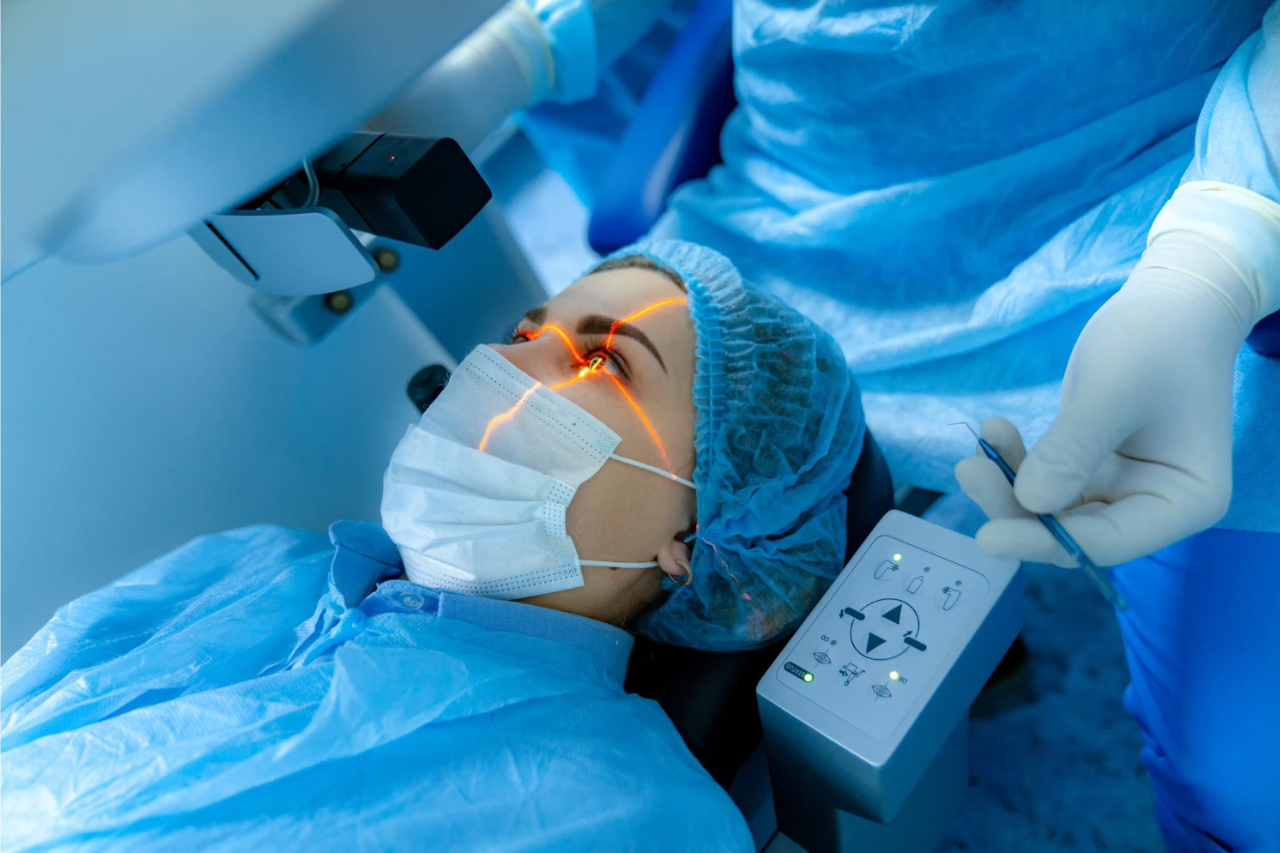
What is Fuchs Endothelial Dystrophy?
Fuchs’ dystrophy, also recognized as Fuchs’ endothelial dystrophy, is a commonly inherited condition characterized by the gradual deterioration of the cornea. This ocular disease typically impacts both eyes and has a slightly higher prevalence among women compared to men. While early signs of Fuchs’ dystrophy may be observable in individuals in their 30s and 40s, visual impairment typically does not manifest until individuals reach their 50s and 60s.
The pathogenesis of Fuchs’ dystrophy involves the loss of endothelial cells, which are responsible for regulating corneal hydration. The absence of these cells leads to corneal edema, worsened upon waking due to limited fluid evaporation during sleep. Symptoms are most pronounced in the morning and gradually improve throughout the day, with duration of visual recovery lengthening as the disease progresses. Ultimately, irreversible vision loss may occur, necessitating a corneal transplant for restoration of visual acuity.
